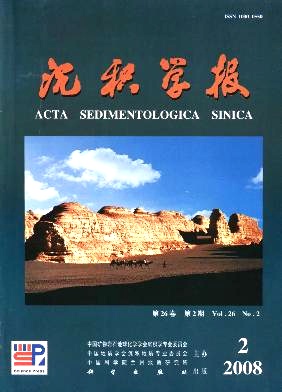Application of the Theory of HighResolution Sequence
- Received Date: 1900-01-01
- Rev Recd Date: 1900-01-01
- Publish Date: 2008-04-10
-
Key words:
- Jimsar Sag
Abstract: By means of highresolution sequence stratigraphy study on Permian Wutonggou Formation reservoir in Jimsar Sag of Junggar Basin,we identified three parasequence types corresponding to three shortperiod base level cycle modes: base level rising parasequence, base level fallng parasequence, base level rising and falling half cycle composite parasequence. And two middleperiod base level cycles are discriminated. The formation of middle baselevel falling cycle is made up of mutliprograding shortperiod cycles whereas middle baselevel rising cycle stacking mode presents retrograding structures. The Permian Wu Tong Gou Formation can be classified 5 parasequence sets(corresponding to 5 middleperiod base level cycles) in this area,which is S1,S2,S3,S4,S5from bottom to top. S1,S2are formed during rising stage of baselevel while S3,S4,S5 formed during falling stage. According to the research conclusions we reckon the two petroliferous sand beds of Well Ji 7 and Well Ji 17 are not pertained to a same sand set as its forming reason is different. So we have resolved the practical question. One stratigraphic trap and five lithologic traps are recognized by the theory of highresolution sequence stratigraphy and the prospecting targets are offered.
| Citation: | LIU Chunhui. Application of the Theory of HighResolution Sequence[J]. Acta Sedimentologica Sinica, 2008, 26(2): 249-256. |






 DownLoad:
DownLoad: